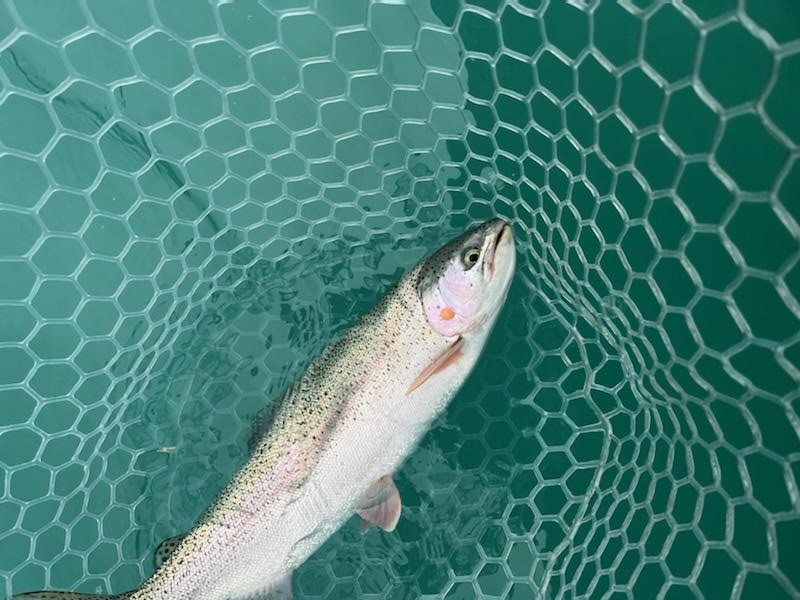By Glenn Gillam, Russell Fishing Company, Alaska
The term “catch and release” strikes fear in the gut of many anglers coming to Alaska. The visiting angler paid several thousand dollars to fulfill a lifetime dream and bucket list. Consequently, the fisher person wants meat, meat, and more meat.
Russell Fishing is in the business of customer satisfaction, so we try our best to accomplish the guests’ goals. However, Russell Fishing management, staff, and guides also realize that in order to have a sustainable fishery for years to come, conservation best practices have to be part of our goals as an outfitter, and catch and release is an important factor
Fish stocks around the globe are declining and there are numerous reasons why: commercial overfishing and by-catch, poor fisheries management, fishing techniques, sportfishing, overfishing, climate change, and other species interactions to name just a few. Organizations throughout the world are addressing many of these issues, but sport fishermen and outfitters need to do our part.
Our guides are trained to educate our clients so they can have the best of both worlds—meat for taking home and conservation for sustainability. The Alaska Department of Fish and Game has a significant role with standard regulations and emergency orders during the season.
Three very popular species for catch and release on the Kenai Peninsula are rainbow trout, dolly varden, and king (Chinook) salmon. The Kenai River is particularly famous for large rainbows and the biggest Kings in the world.
For several years, King numbers and average sizes have been declining, so catch and release is sometimes implemented by regulation. In order to maintain the genes of their trophy size, there is no hatchery or enhancement program, so catch and keep sport fishing “could” continue to aid in this decline.
Trout fishing has actually proven the theory that catch and release works. Because there is no stocking program on the Kenai, trout has been catch and release for decades, and the abundance of trout available to catch has been sustained.
So what does Russell suggest to their clients?
1. Obey the rules for the season.
2. Release any trophy size fish even if it is catch and keep.
3. Handle fish properly when releasing, i.e keep in water if possible, take quick photos, use barbless and properly sized hooks, and release only when fish shows strength to swim on its own.
4. Use gear and equipment favorable to releasing a fish, i.e. hook set up (see photo), net style, wet hands or approved gloves, and rod and reel allowing for a reasonable length fight.
We also remind our clients of fish stocks that have been catch and release for years—trophy billfish, redfish, tarpon, tournament largemouth bass, and many many others. Most people do not need to catch fish for subsistence, and the enjoyment of angling rests in the actual art of fishing and catching, so let’s add releasing to that art.



Leave a Reply
You must be logged in to post a comment.